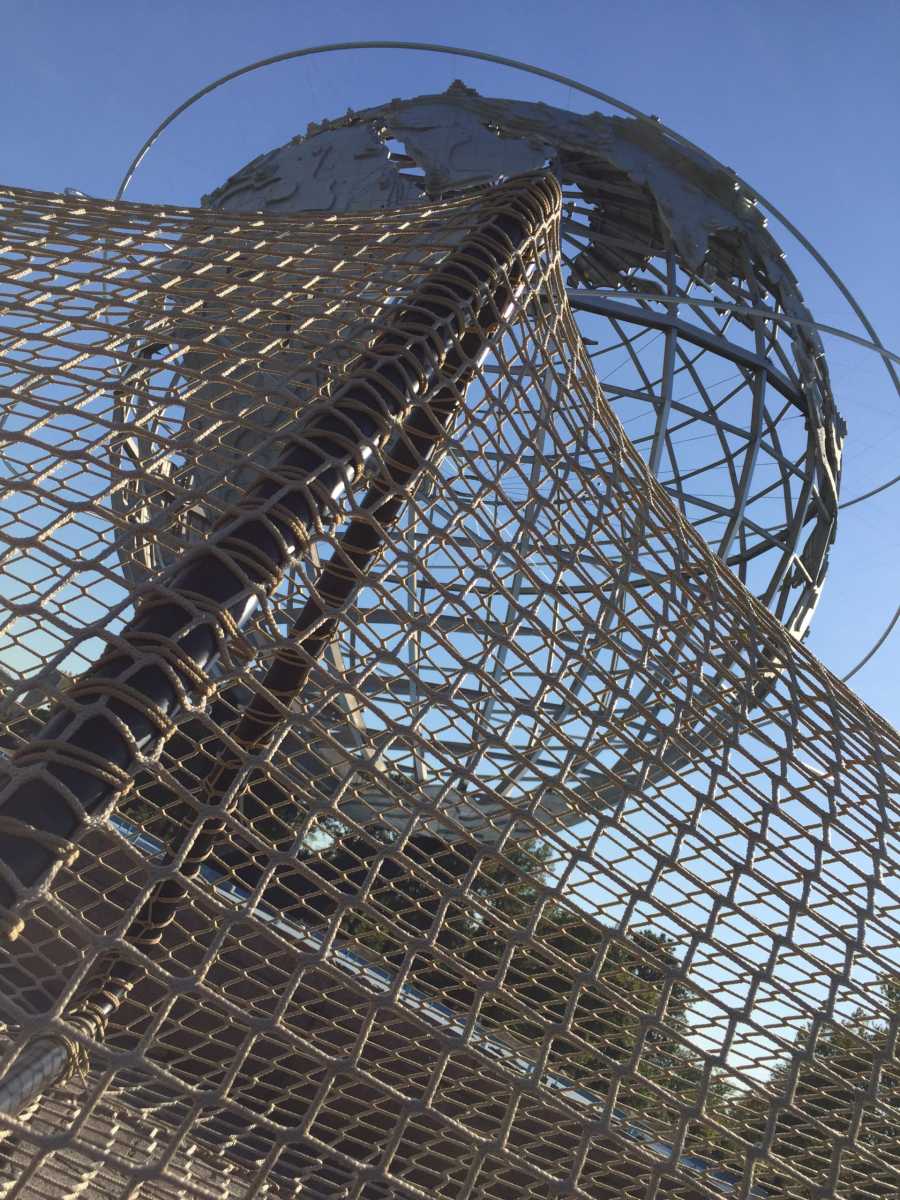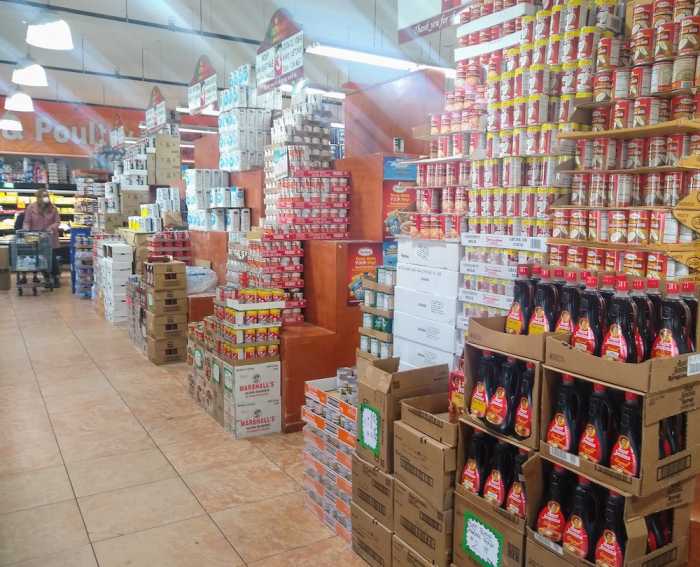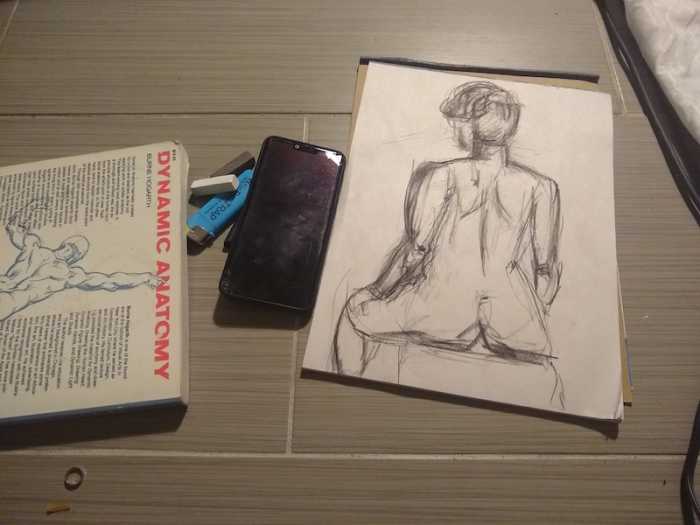The Unisphere at Flushing Meadows Corona Park has a new meaning. Chinese artist and activist Ai WeiWei’s city-wide exhibit “Good Fences Make Good Neighbors” features an installation that encircles the iconic World’s Fair symbol. Opened on October 12 with pieces in all five boroughs, the exhibition is inspired by the global migration crisis and utilizes the concept of the security fence to symbolize the containment that refugees and immigrants alike have been suffering increasingly around the world.

Entitled Circle Fence, Corona Park-goers can lounge on this artwork, made of netting stretched over varying metal geometric shapes creating a kind of tunnel that doubles as a hammock. The meaning of the Unisphere, a symbol of unity among nations, collides with the meaning of Circle Fence, which laments the borders that divide people from each other.
Sponsored by the Public Art Fund, “Good Fences Make Good Neighbors” has sites in Central Park, under the Washington Square Arch, and throughout the Lower East Side. The public pieces share the same theme of the cage, creating something confining in an open space.

On Monday night, WeiWei participated in a New York Times TimesTalk at the New School, where he discussed the exhibit and its political implications. WeiWei said that New York City, founded by immigrants, is the perfect place to showcase the artwork.
“I relate quite strongly emotionally to this city. Almost everyone is an immigrant or a child of a refugee,” said WeiWei. “It is a place that relates so much to my past and the current situation.”
WeiWei and his family were exiled from China because his father was branded an enemy of the state for his poetry. WeiWei moved to New York City to study art, and when he returned to China used his social media presence to speak out against the government. For this, he was arrested and detained in 2011 and has since regained access to his passport and has traveled to refugee camps around the globe.
WeiWei has created works that mesh with the fabric of the city, drawing attention and awareness without interfering with the lives of residents. “I don’t want to disturb the people who use the city as a tool or an instrument,” said WeiWei. “You use the facilities of the city carefully to put some message in there.”
TimesTalk host Vivian Yi, National Immigration Correspondent at the New York Times, asked WeiWei if he had a certain “opponent” in mind behind the meaning of these exhibits. With struggles against borders happening in many countries, there could be any number of aggressors for WeiWei’s inspiration.
“It is not very difficult to find your opponent today,” said WeiWei. “I’m so lucky that I live in this time. I like to have conversation. I like to have argument.”
WeiWei spoke about the lack of conversation in his home country of China, where his social media accounts have been restricted. “Your discussions do not go very deep there. They never explain to you why we cannot talk about it,” said WeiWei. “They just say shut up, otherwise you will be in jail. Nobody has the right to vote. you aren’t counted as an individual.”
“Good Fences Make Good Neighbors” begs for a discussion on the current policies against immigrants and refugees. Though it would push the boundaries of our comfort zones, that is what WeiWei intended to do.
“Artwork is always a test. It’s never meant to be safe,” said WeiWei. “I like to make art only because it is a bit dangerous, an unknown situation.”










